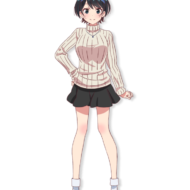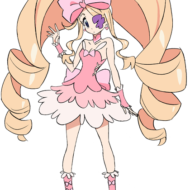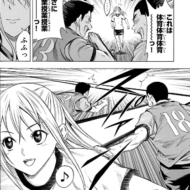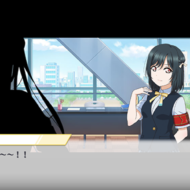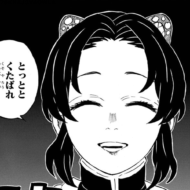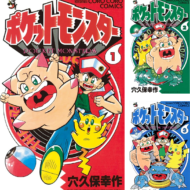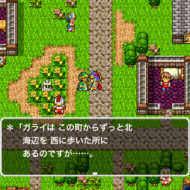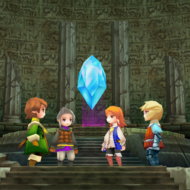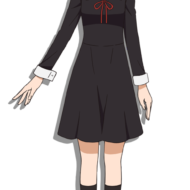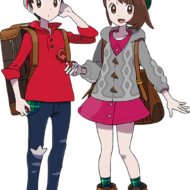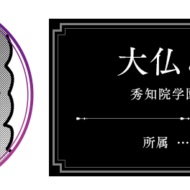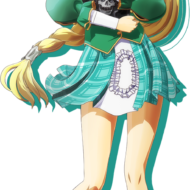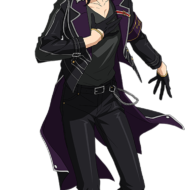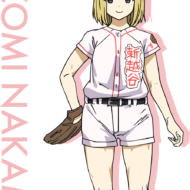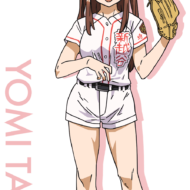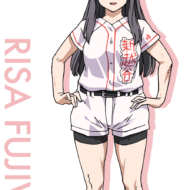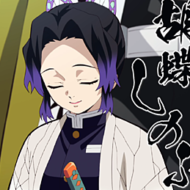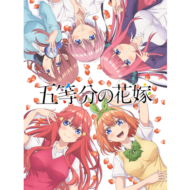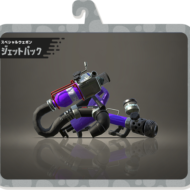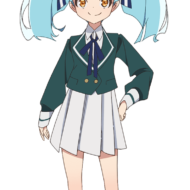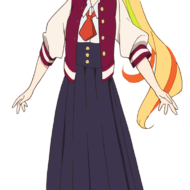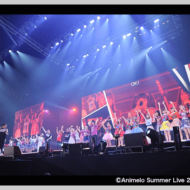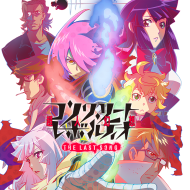Nagino Oitoma is a popular work that has sold more than 2 million copies in total and received many awards such as “8th anan manga grand prize winner”, “3rd place in Takarajimasha’s “Kono manga ga wow! 2019” onna edition, and “22nd Japan Media Arts Festival, Manga Division Excellence”.
The life reset story of a popular woman is very interesting, and it’s no wonder that it’s popular in both manga and live action.
However, the author, Konari Misato, has created many other interesting works as well. I would like to introduce one of my favorites in the Konari Misato world.
【Coffee Wagon, run by a handsome man】
出典 : Amazon.co.jp
The protagonist, Aoyama, is a handsome and gentlemanly young man who runs a coffee wagon.
He doesn’t have a social networking service, which is a rarity nowadays, and goes from town to town without any notice.
However, the taste of Aoyama’s coffee is superb.
Not only the regular menu, but also various types of coffee that meet customers’ requests and bring happiness to many people.
But as you read the story, things start to get a little unsettling.
Today Aoyama is a gentlemanly man, but in fact, he used to be a man who lived in a very violent world. Furthermore, it seems that people are looking for him on the grounds that he killed people…?
Although Aoyama’s first impression of him is refreshing, he appears to be a fluffy, elusive figure like Gon from Nagi no Okiji.
But unlike Gon, who is gentle to the core, for better or worse, Aoyama’s gentleness comes from his harsh life experiences.
His kindness is innate, and as a result, he tends to make others dependent on him and create a mentally ill person, so in a sense, he may be the opposite of Gon, who tends to depend on him.
The people who appear in the story who Aoyama asked to make coffee for him are also very unique, ranging from a young boy in elementary school to an elegant madam.
However, even if their appearances are short, they are all portrayed as characters you can get attached to.
There is also a coffee recipe that can be made in the book. It would be a good idea to make your own coffee to accompany your reading.
【Shame Girls’ fun house drinking『Sorry damsels drinking at home』】
出典 : Amazon.co.jp
The three girls in the series are Guricci, a talented designer who is overwhelmed by her work, Yumi, a cosmetic saleswoman with a penchant for romance, and Tetsuko, a part-time worker who is a bit of a social misfit.
Although they are very different from each other, they have been friends since their school days and have a regular weekend get-together at Tetsuko’s house.
They complain about their work and private lives while enjoying a beer and some simple snacks, which is pretty disappointing, but they look like they’re having fun! This is a cute four-panel manga about three girls who look pretty good on the outside, but are disappointing on the inside.
Despite their eccentricities, Guricchi and Yumimi are suffering in a way that is typical of girls of their age.
Tetsuko, on the other hand, is a rather dizzy and unsteady character.
What is impressive about Tetsuko is the episode where she tells us that the reason she left her parents’ house was because of “somen”.
She’s a reluctant freelancer in her own right, but in fact she comes from an elite family.
In her house, somen was divided into portions for each person, which were then dipped in a ready-made men-tsuyu sauce and eaten.
The image of somen is that it’s a simple somen, just like the ones you’d find at the store.
However, Tetsuko preferred to eat the somen in a big bowl with a lot of dipping sauce while everyone enjoyed eating it.
One day, while eating somen with her family, she said she felt she had run out of steam and that’s why she left home.
At first glance, he said, “That’s why? It’s an episode that I’d like to say, but food is also used well in “Nagi’s Leisure” for direction, with the use of the bean seedlings they grow to show Nagi’s psychological state, and Gon’s humanity being represented by the bitter melon that never gets too ripe on the balcony, for example.
This story also uses the topic of somen and the “serious and meticulous family” and the “unconventional tetsugo” are well-matched, conveying the situation of the tetsugo who left home because it didn’t work out with his serious family.
Unfortunately, simple and delicious snacks are served in this work. It’s interesting to read it if you’re wondering what kind of person the tetsunoko are and what the meaning of this dish is through such cooking.












